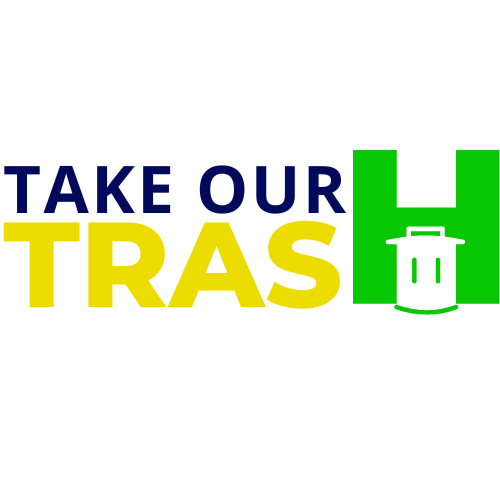A Practical Guide to Cleaner, Greener Home Upgrades
Home renovations can be exciting — but they also generate a ton of waste. From broken tiles and drywall to old cabinets and packaging materials, the debris can quickly pile up. And if it’s not handled properly, it can cost you extra time, money, and even fines.
Whether you’re remodeling a bathroom, upgrading your kitchen, or gutting an entire floor, here’s how to manage renovation waste responsibly and keep your project running smoothly and sustainably.
1. Know What You’re Throwing Away
Renovation waste is more than just “junk.” It includes:
- Construction debris: drywall, wood, tile, insulation, bricks
- Fixtures and appliances: sinks, cabinets, light fixtures, doors
- Hazardous waste: paint, solvents, old wiring, treated wood
- Packaging waste: cardboard, plastic wrap, styrofoam, nails
Understanding what kind of waste you're generating helps you decide how and where to dispose of it properly.
2. Plan Ahead With a Waste Strategy
Before you swing the first hammer, build a waste removal plan:
- Estimate how much debris you’ll create
- Schedule waste pickup or dumpster rentals in advance
- Designate areas for reuse, recycling, donation, and trash
Pro Tip: Separating materials from the start makes cleanup faster and helps you stay compliant with local disposal laws.
3. Reuse and Donate What You Can
Not everything needs to go to the landfill! Consider:
- Donating working appliances, fixtures, or cabinets to Habitat for Humanity ReStores or local shelters
- Reusing wood, bricks, and other salvaged materials for future DIYs
- Offering items for free pickup on Facebook Marketplace or local “Buy Nothing” groups
This reduces waste and can save on disposal fees.
4. Recycle Construction Materials
Many materials from renovations are recyclable, including:
- Metal (pipes, frames, wires)
- Cardboard (appliance boxes, packaging)
- Wood (if untreated)
- Concrete or bricks (crushed and reused in landscaping)
Check with your local waste facility for a list of what they accept — and how to prepare it for recycling.
5. Rent a Dumpster or Hire a Junk Removal Service
For large-scale remodels, a dumpster rental can make life easier. But if you want to save time and effort, a professional junk removal team can:
- Haul out debris during or after the project
- Separate recyclable or hazardous materials
- Keep your renovation site safe and clear
Look for eco-conscious services that recycle and donate as much as possible.
6. Dispose of Hazardous Materials Properly
Paint, chemicals, treated wood, batteries, and certain electronics can’t just be thrown in the trash. These need special handling and often require drop-off at approved facilities.
Check with your local waste management office or EPA guidelines to avoid illegal dumping or fines.
7. Do a Final Sweep Before the Project Ends
Once the renovation is complete:
- Walk through and check for any leftover materials
- Schedule a final junk pickup or drop-off
- Safely store any reusable items for future projects
This step ensures your home is truly clean, safe, and ready to enjoy — without loose nails or mystery bags in the garage.
Summary Checklist
- Sort debris by type (trash, recycle, donate, reuse)
- Schedule junk removal or dumpster rental
- Safely dispose of hazardous waste
- Donate working items and clean materials
- Keep your job site safe and organized
Final Thoughts
Managing waste responsibly during home renovations isn’t just about being tidy — it’s about being smart, sustainable, and legally compliant. With a little planning and the right resources, you can protect the environment and your wallet.
Need help hauling out renovation debris? Contact a local junk removal service that does the heavy lifting — and disposes of it the right way.

